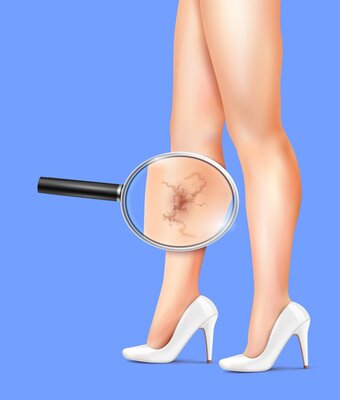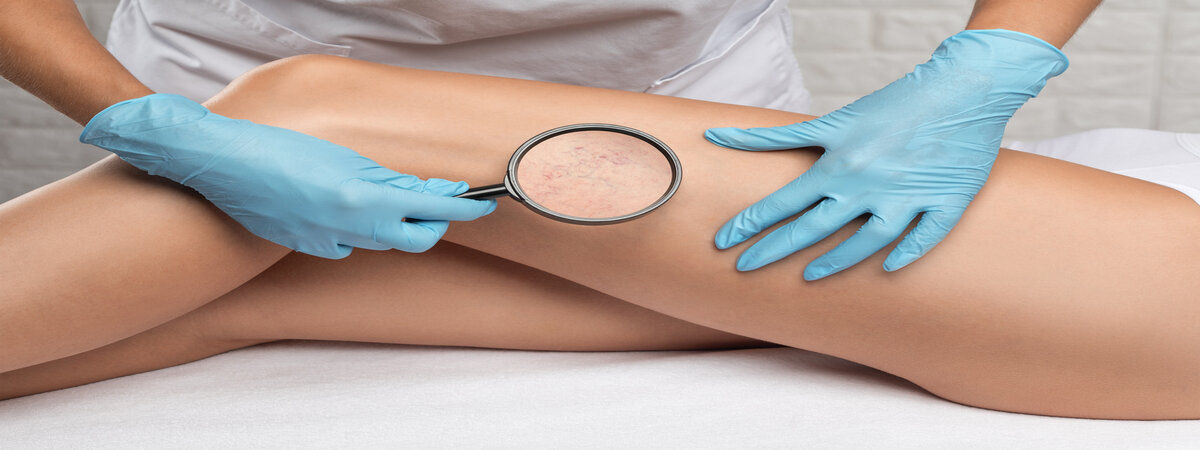
Leg Ulcers and Thread Veins Insights
Leg ulcers can be a real hassle. They’re stubborn wounds that just won’t heal on their own, and they often cause pain, discomfort, and difficulty with things like dressing or moving around. Plus, they can leave stains on your clothes. It’s something you don’t want to leave untreated, as it can only get worse.
Spider veins, or thread veins, are also common, especially on the legs. You might recognize them by their web-like appearance. While they’re often seen as a cosmetic issue, they can also cause aching or sharp pain. Though they don’t always go hand-in-hand with leg ulcers, they share some similar causes, so it’s important to get to the bottom of things early.
Why Diagnosis Matters
Over the years, we’ve learned a lot about leg ulcers, and technology has played a big part in that. Thanks to things like ultrasound imaging, we now know that many leg ulcers are actually linked to vein problems, particularly with the valves in the veins. That wasn’t always clear, but now we know how to catch it early.
At our clinic, our dermatologists are experts in spotting the early signs, which helps us treat you more effectively before things get worse. Leg ulcers and skin cancer can sometimes look similar, but we’re trained to tell the difference. Plus, we specialize in skin cancer treatment here in London, and we’ve seen firsthand how early intervention can make all the difference.
We also have some great tools to help us diagnose—things like blood pressure checks, circulation assessments, and detailed skin exams. But what truly sets us apart is how we work with you. Every person’s situation is different, so we take the time to really understand your needs and tailor a treatment plan just for you.
Treatment Options
When it comes to treating leg ulcers, the approach depends on the cause. It could be an infection, diabetes, or even varicose veins. That’s why we make sure to consider all the factors at play when creating your treatment plan.
There’s no quick fix for leg ulcers. Treatment usually involves a combination of things—moisturizing creams, antibiotics if there’s an infection, specialized dressings, and sometimes referrals to other specialists for the best results. Since everyone’s case is different, we’ll customize the plan to suit your needs.
For spider veins, we offer laser treatments that can reduce their appearance. These are just a few of the options we have for treating both ulcers and veins. The most important thing is that our dermatologists take the time to listen to you and make sure you get the treatment that works best for you.
FAQ
What are the common risk factors for leg ulcers and spider veins?
Leg ulcers can develop due to various factors such as diabetes, infections, or varicose veins, while spider veins may be associated with genetics and lifestyle. Smoking and obesity can also increase the risk of both conditions.
Are there non-surgical treatment options available for spider veins?
Yes, non-surgical treatments like sclerotherapy and laser therapy are often effective in treating spider veins. These minimally invasive procedures can help improve the appearance of your legs.
How can I differentiate between a harmless skin condition and a more serious issue like skin cancer?
If you notice unusual changes in your skin, such as persistent shiny patches or unusual growths, it’s essential to consult a dermatologist for a thorough evaluation. Early detection and diagnosis are crucial in addressing potential skin cancer concerns.
Is there any way to prevent leg ulcers and spider veins from developing?
While not all cases can be prevented, maintaining a healthy lifestyle by staying active, avoiding prolonged sitting or standing, and managing conditions like diabetes can reduce your risk. Additionally, wearing compression stockings may help prevent spider veins.
How long does it typically take to see results from treatment for leg ulcers and spider veins?
The timeframe for results can vary depending on the severity of your condition and the chosen treatment. Some individuals may experience improvement within weeks, while others may require more extended treatment periods. Your healthcare provider can provide a personalized estimate during your consultation.
Are these treatments covered by insurance?
Coverage can vary depending on your insurance plan and the medical necessity of the treatments. It’s advisable to check with your insurance provider and consult with your healthcare provider to determine your coverage options.


